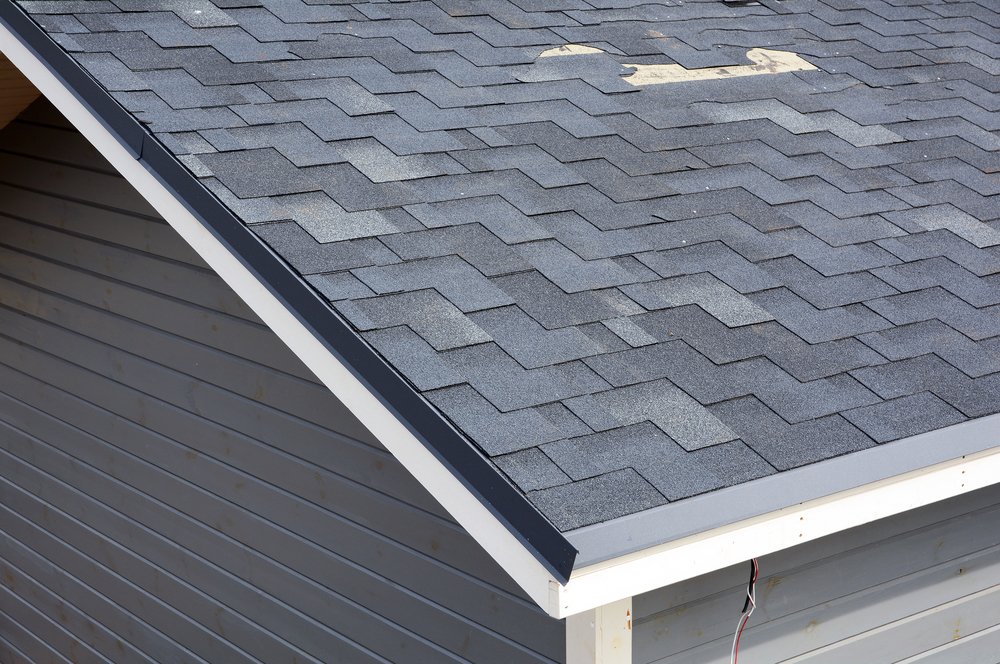Buyer’s Guide for Home Replacement Windows
Weather can be furious and formidable in any season. Concerns like saving money on heating and cooling or even just being more environmentally conscious are becoming more prudent. If your home is old or poorly insulated, it may be time to inspect your windows for signs of damage and other indications it’s time to repair or replace. The average household window can last from about twenty to twenty-five years. However, it is still important to inspect for issues at least once a year to ensure that you catch any problems early.Signs of Ineffective Windows
Common signs of ineffective windows are:- Inside noises can be heard from outside and vice versa.
- Age of your windows – If your windows are older than twenty to twenty-five years, as previously mentioned, you should have them professionally inspected.
- Rotting frames – soft or water damaged wood frames mean rotting wood frames. These are possible to repair if the problems are isolated. The more damage, the greater the chances they will need to be replaced.
- Seal integrity – frequent drafts even if the windows are closed, and a buildup of condensation between the glass panes. Drafty windows are horrible for your energy bill. Sometimes it’s possible to repair small drafts, but significant drafts will require replacement.
Do windows make houses more energy efficient?
Ineffective windows on your home lead to a lack of energy efficiency and could cost you more money than it takes to replace them in the long run. Especially during the colder seasons, windows that allow outside air to leak in pose a threat to your heating bill. On average, homeowners who replaced older windows with low-E (low emissivity) coatings noticed a fifteen percent increase in savings a year on their energy bill. Additionally, there are environmental benefits to having energy-efficient windows. The less energy your home uses, the less greenhouse gas emissions are emitted from power plants.Update or replace your windows, which is better?
It can be expensive but note that there is a tax credit available for homeowners who replace their windows. While it may be worth the cost, it can be a better choice to repair your current windows rather than replace all of them if the option is viable. You could be saving more than one thousand dollars in labor and materials if you decide to have your windows repaired. Do some planning before you commit and educate yourself before deciding. Window replacement is considered one of the best home remodeling projects in terms of return on investment. For the average 2,450 square foot house, the cost for all new vinyl windows and installation would run around $19,000. While this is no small amount of money, up to 80% of the project’s cost can be recouped in added value to the house. If that large number still scares you, take comfort in the fact that there are ways to save. If you’ve taken good care of your window frames and sills, you can save a lot in materials and labor by using “pocket replacements.” These are window panes that can be fitted to your existing frames. If your window frames are too old or worn, you will need full window replacements.What are the best home windows?
There are hundreds of window options to choose from. “The best home windows” will depend greatly on your specific needs. Take time to consider your climate, which direction your windows face (toward or away from the sun), and how you want them to look. Educate yourself! Don’t rely on a contractor to pick the best windows for you. They are well informed and trained, but some may simply choose a brand they prefer rather than the best product for your home. Also, know that a window’s cost is not necessarily an indicator of its quality. Still, there is typically a trend of more energy-efficient options when you have a larger budget.Types of Windows
You will need to decide on a combination of window styles and frames that fit your needs, the local climate, and your preferred aesthetic. Listed below are some of the most popular types of home windows. Double-hung windows are a common choice for the typical modern home. An upper sash slides down to open while a lower sash slides up. Double-hung windows are preferred if you plan on installing a window air conditioner because there is more room to properly stabilize it. These windows are not the best choice for excessively rainy or windy regions since they are not as energy-efficient as some other types. Single-hung windows look like the double-hung models, but only the bottom sash opens, which is why it is a more affordable option. The top sash is sealed and airtight, making it more energy-efficient since less outside air can get through. Fixed windows or picture windows are used for lighting and for the view only. They are the most decorative since they are available in irregular shapes. This type of window is completely sealed and airtight, making it the most energy-efficient option. Casement style windows are hinged on one side and can be opened outwards using a hand crank. They close very tightly and do a great job of keeping cold air from leaking in. When opened completely, these windows allow excellent ventilation and easy cleaning. Unfortunately, window air conditioners cannot be installed onto a casement style window. Casement style windows are considered the most energy-efficient option (of windows that open) due to their tight seal against the outdoors. They are recommended for mild to frigid, windy, or rainy climates.Window Terms to Know
Understanding basic window terminology when replacing your home’s windows can help you make the best choices and give you an advantage when discussing with a contractor. Listed below are a few terms that commonly appear on window labels: Low-E: This stands for “low emissivity,” referring to a metallic coating that can help a window reflect light rather than absorb it. These coatings can be installed without a professional at about fifty cents per square foot, but this is not recommended for large or complex projects. Gas Fills: Gas fills are double or triple-pane windows that contain gasses like argon or krypton for increased insulation. This helps keep warm air in and cold air out. Unfortunately, gas fills are not as effective at high altitudes due to differences in air pressure. Glazing: This term is referring to the glass used in a window. The number of glazing layers is the same as the number of panes (single, double, or triple). A larger number of glazing layers often improves insulation.Subscribe to Amos Exteriors's Blog






Comments